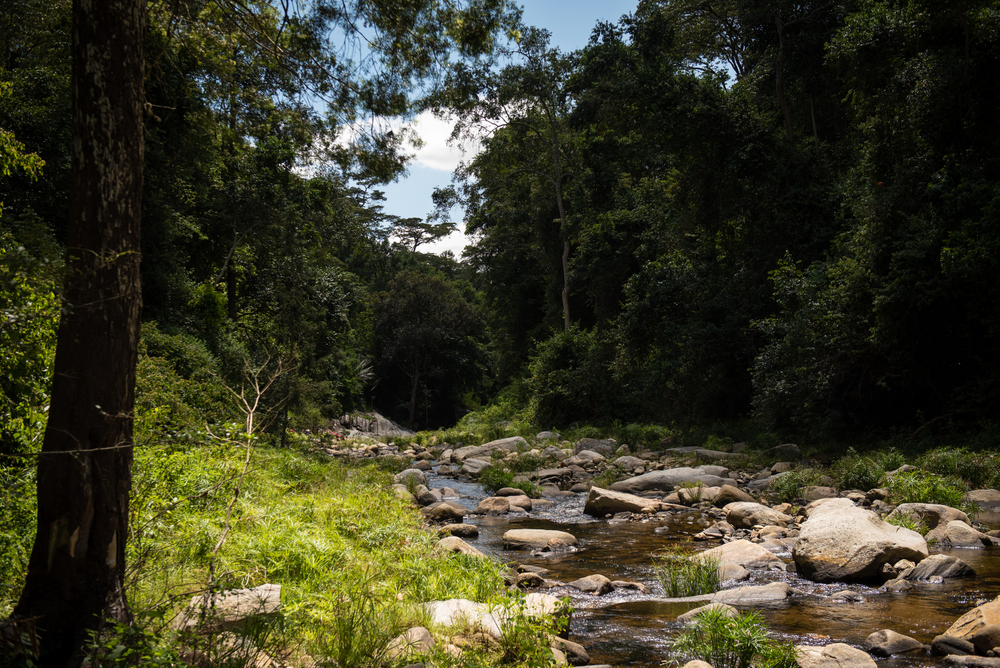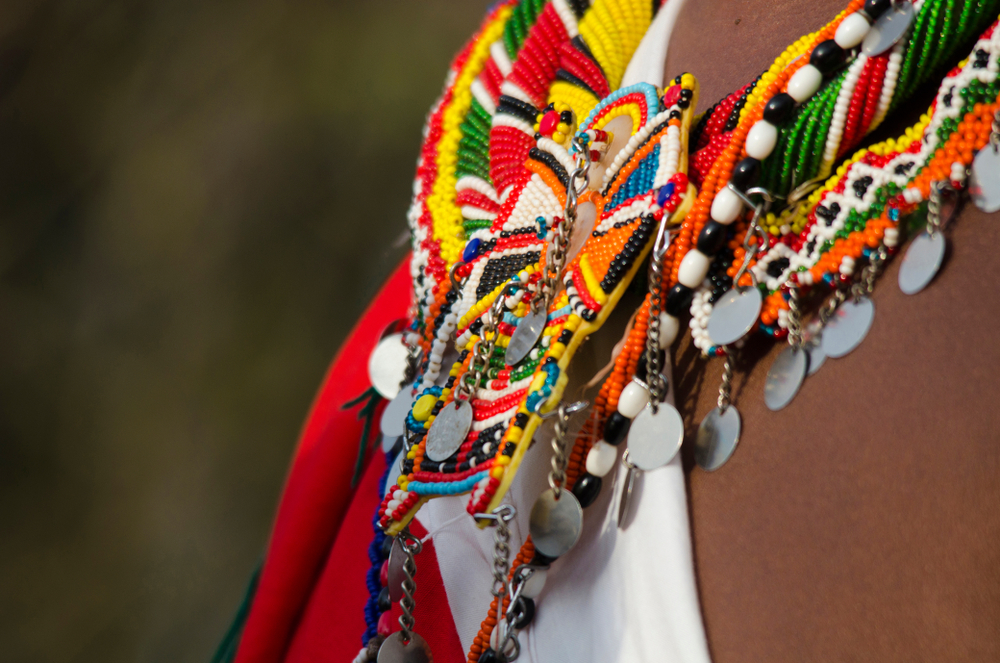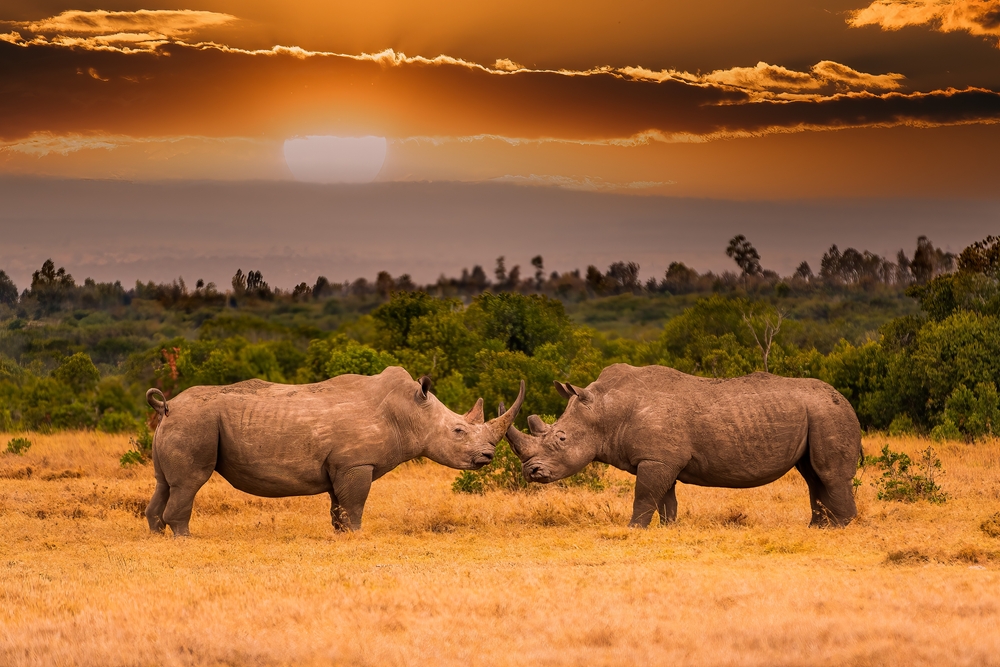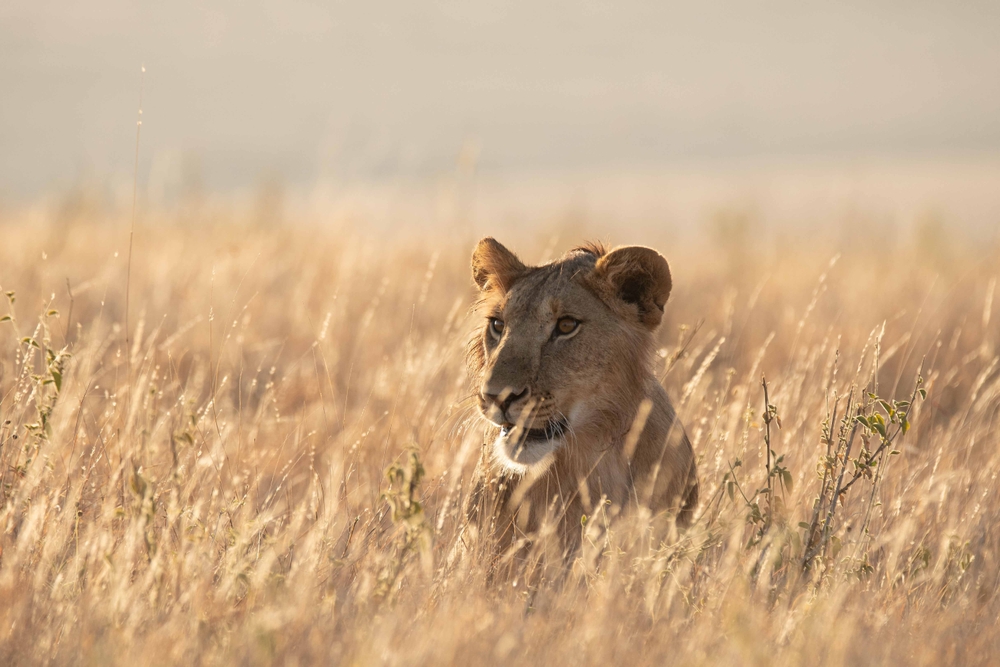The landscape of wildlife conservation in Kenya is significantly influenced by community-led conservancies. These establishments envisioned a future where people and wildlife could coexist sustainably for the welfare of everyone.
Some of the first community conservancies were established in post-independence Kenya around the 1970s. Since then, they have continued to act as role models for the harmonious cohabitation of local populations with wildlife.
They are important for the role they play in preserving biodiversity and contributing to the socioeconomic growth of the communities to which they belong.
Upon realizing the importance of community involvement in conservation, the Kenyan government has actively and consistently supported these efforts through various policies and programs introduced to encourage their establishment and sustainability.
There are currently more than 160 wildlife conservancies in Kenya all of which work to ensure a peaceful coexistence between humans and wildlife for mutual well-being.
In this article, Kendirita Tours takes a closer look at conservancies spearheaded by the people and their impact on the local communities.
Namunyak Wildlife Conservation Trust

Located in northern Kenya, Namunyak is a pioneering community-led conservancy in Samburu County. It was established in the 1990s and is managed and owned by the local Samburu community. The conservancy is known for its success in protecting wildlife, particularly elephants, and providing benefits to the locals.
In addition to wildlife conservation, the conservancy also focuses on preserving the rich cultural heritage of the Samburu people. They do these by showcasing traditional practices such as dances, sharing their food, jewelry, rites of passage, and the overall way of life of the Samburu people with guests.
They also involve local communities in decision-making processes and incorporate traditional knowledge into wildlife management. Namunyak Conservancy is equally involved in eco-tourism, livestock management, and other sustainable livelihood initiatives.
Il Ngwesi Group Ranch

In “Laikipiak Maasai, ” Il Ngwesi” means “people of wildlife,” and this name couldn’t be more fitting. Il Ngwesi Group Ranch is located in Laikipia County and is one of the earliest community-led conservancies in Kenya.
The Il Ngwesi Maasai community manages the conservancy and has implemented successful wildlife conservation and tourism initiatives. Through their efforts, the people efficiently share their land between grazing livestock and conserving wildlife.
The Il Ngwesi Ranch has even received international recognition for its efforts in community-based conservation.
Ol Pejeta Conservancy:

Ol Pejeta Conservancy is also located in Laikipia County. It is a beacon of strength that stands as an enduring symbol of the success achieved by community-led conservancies.
It hosts the largest population of the endangered black rhinos while being the home to the last two remaining white rhinos in the world. The Conservancy is also recognized for its innovative approaches to wildlife tourism and has been actively involved in community development projects, including education and healthcare.
Mara Naboisho Conservancy:

This conservancy borders the world-famous Maasai Mara National Reserve to the southwest and forms part of the greater Maasai Mara ecosystem. Mara Naboisho is a community-led conservancy that has gained recognition for its efforts in wildlife conservation and community development.
It is known for sustainable tourism practices and its positive impact on the livelihoods of local Maasai communities.
The conservancy hosts one of the highest densities of lions in Africa. Because it is not governed by the rules that apply to national parks, visitors here are often treated to a more idyllic safari experience that they may not get at the national park. Mara Naboisho also promotes sustainable tourism by limiting the number of tourists who may visit at any one time.
It is common for guests to find that they are the only vehicle present in the conservancy. This feature, in particular, makes Naboisho an excellent destination for tourists seeking to detach and unwind in silence while enjoying the spectacular natural treasures of the Mara.
Conclusion
The success of these conservancies often stems from effective community engagement, sustainable resource management, and partnerships with governmental and non-governmental organizations. So far, many milestones made can be attributed to good governance and the stewardship of the communities to whom these conservancies belong.
Of note is the reality that more needs to be done to combat human-wildlife conflict and compensation, climate change, and equitable allocation of natural resources. The journey towards a harmonious coexistence between humans and wildlife is an ongoing one, and every individual has a role to play. To partner with any of these conservancies, please feel free to contact us at Kendirita Tours for further insight.
Writer: Winnie Wekesa
